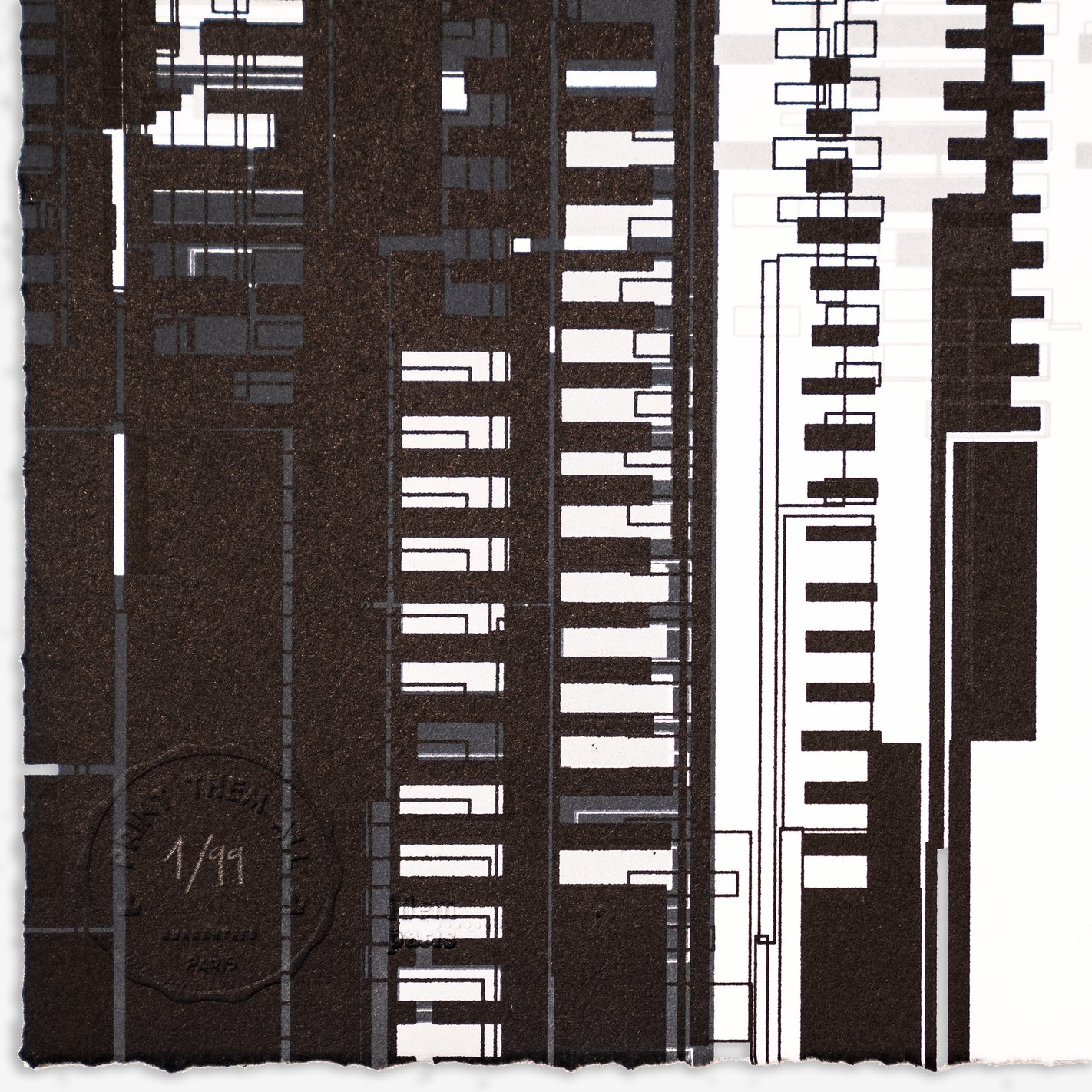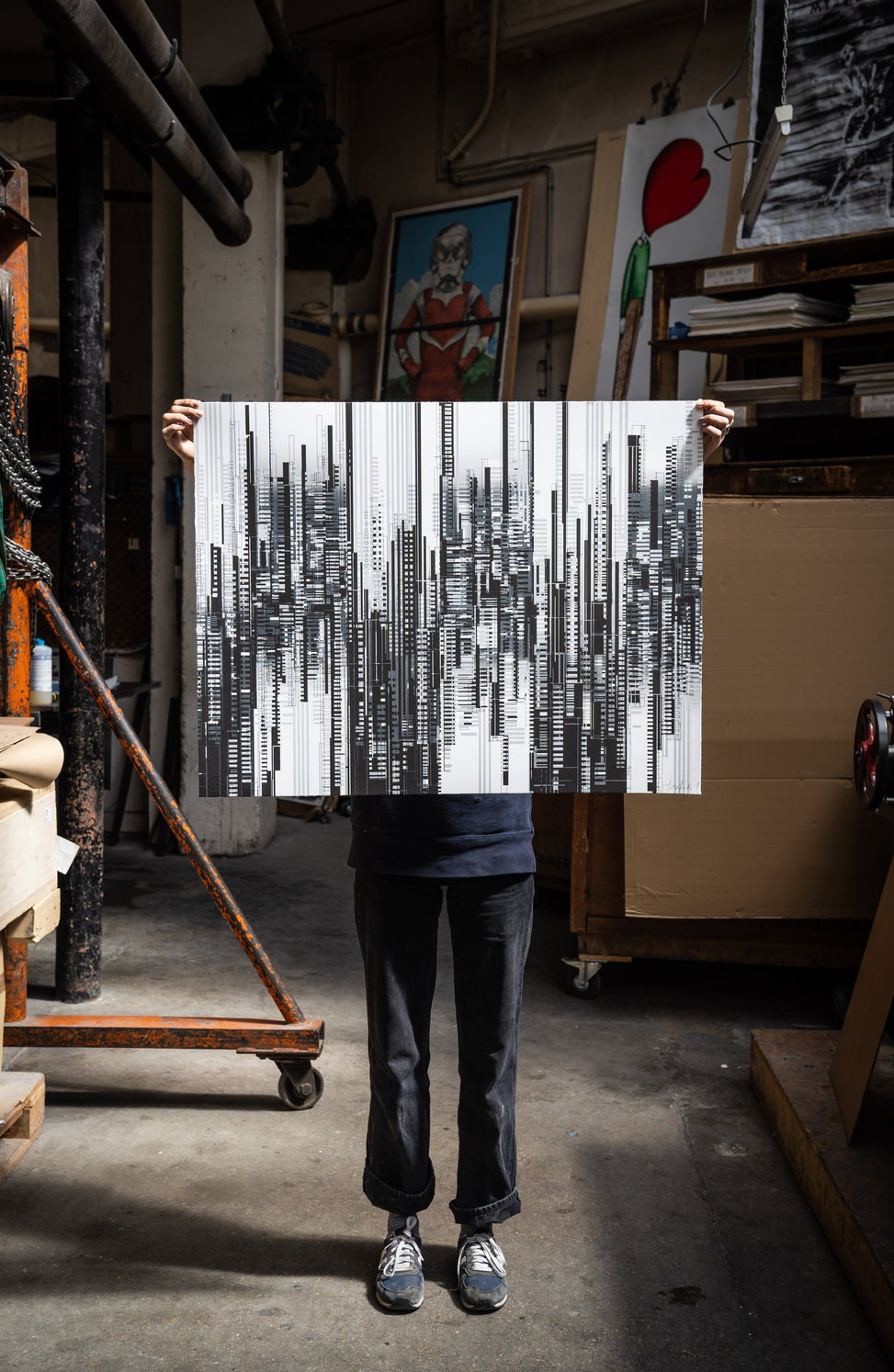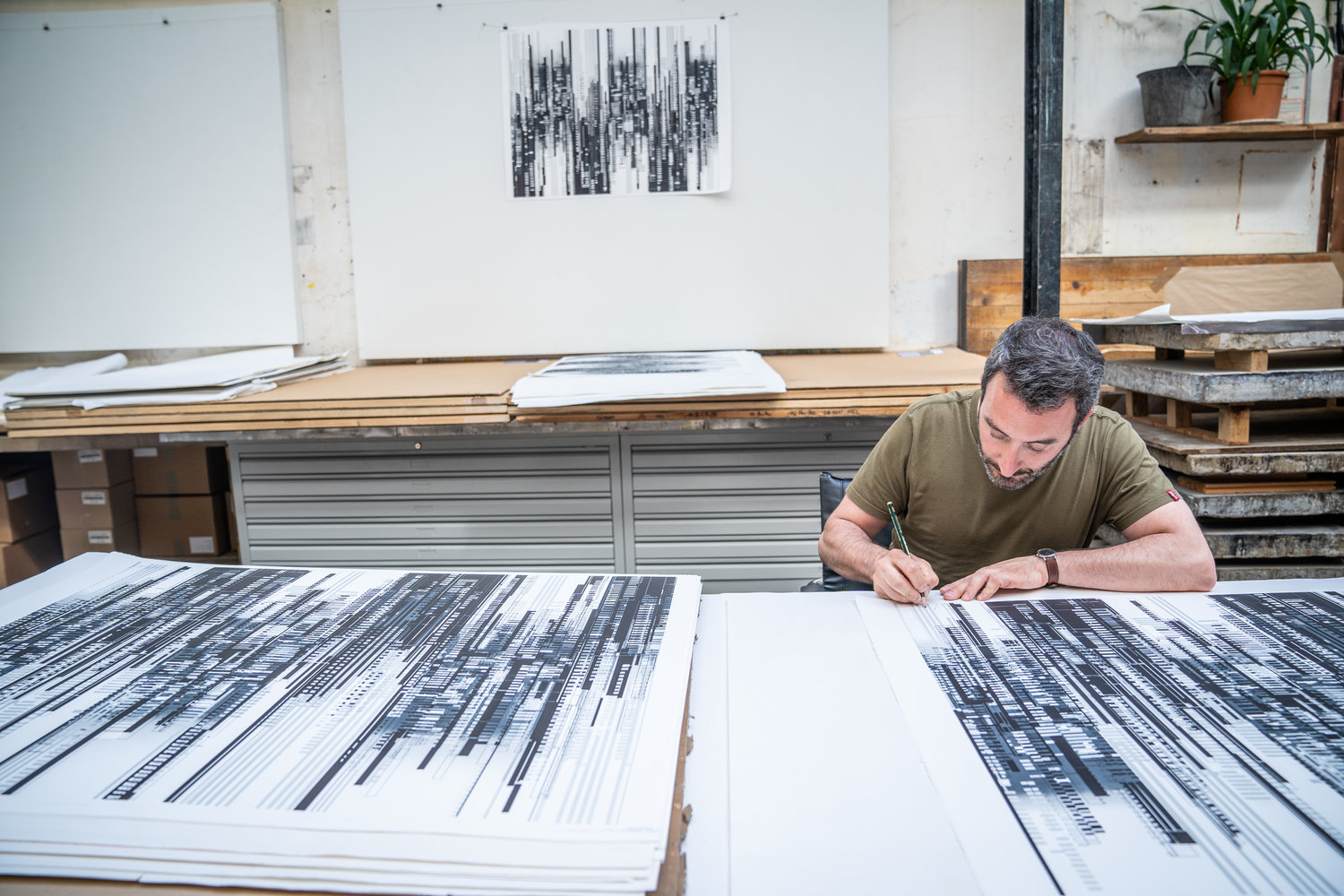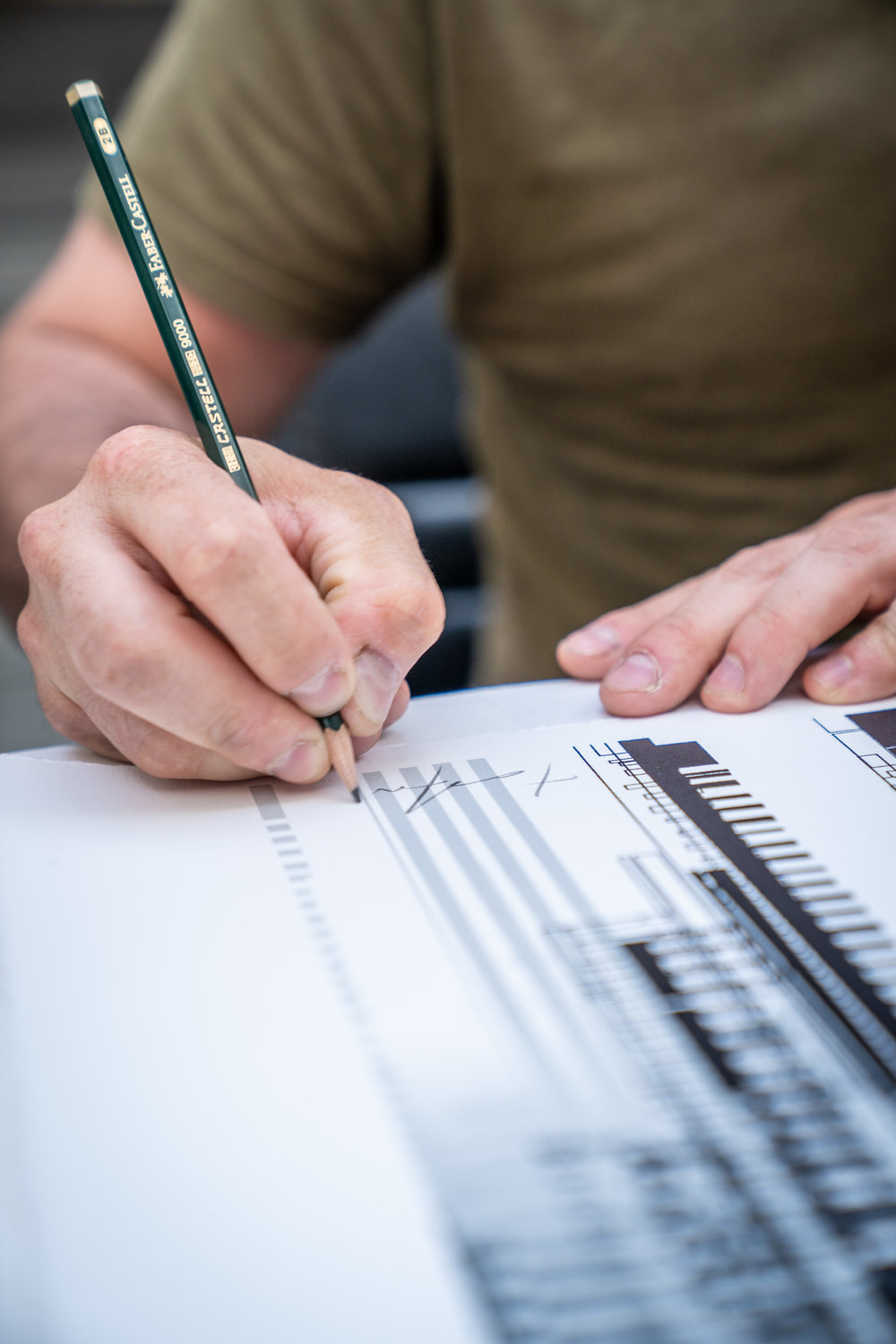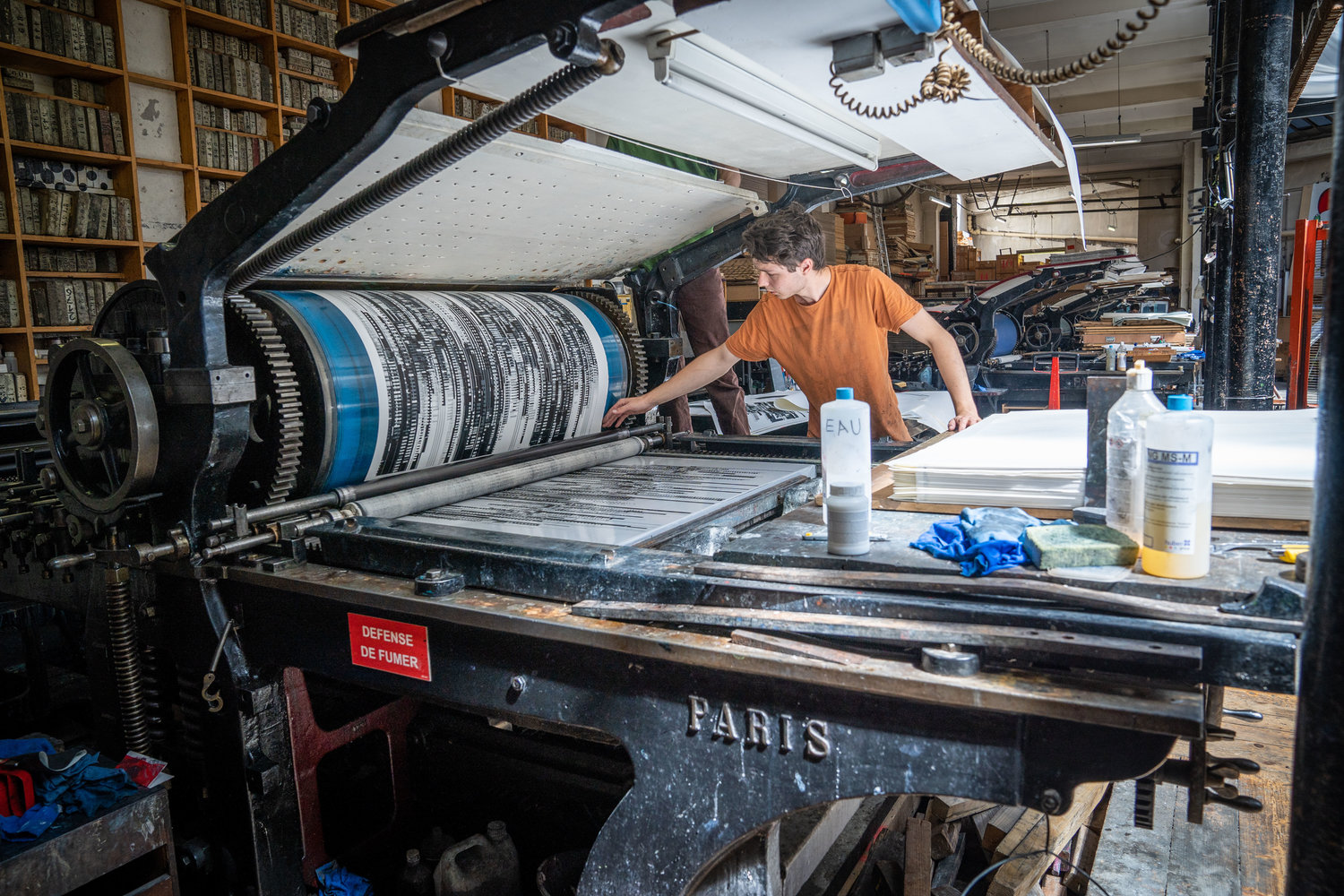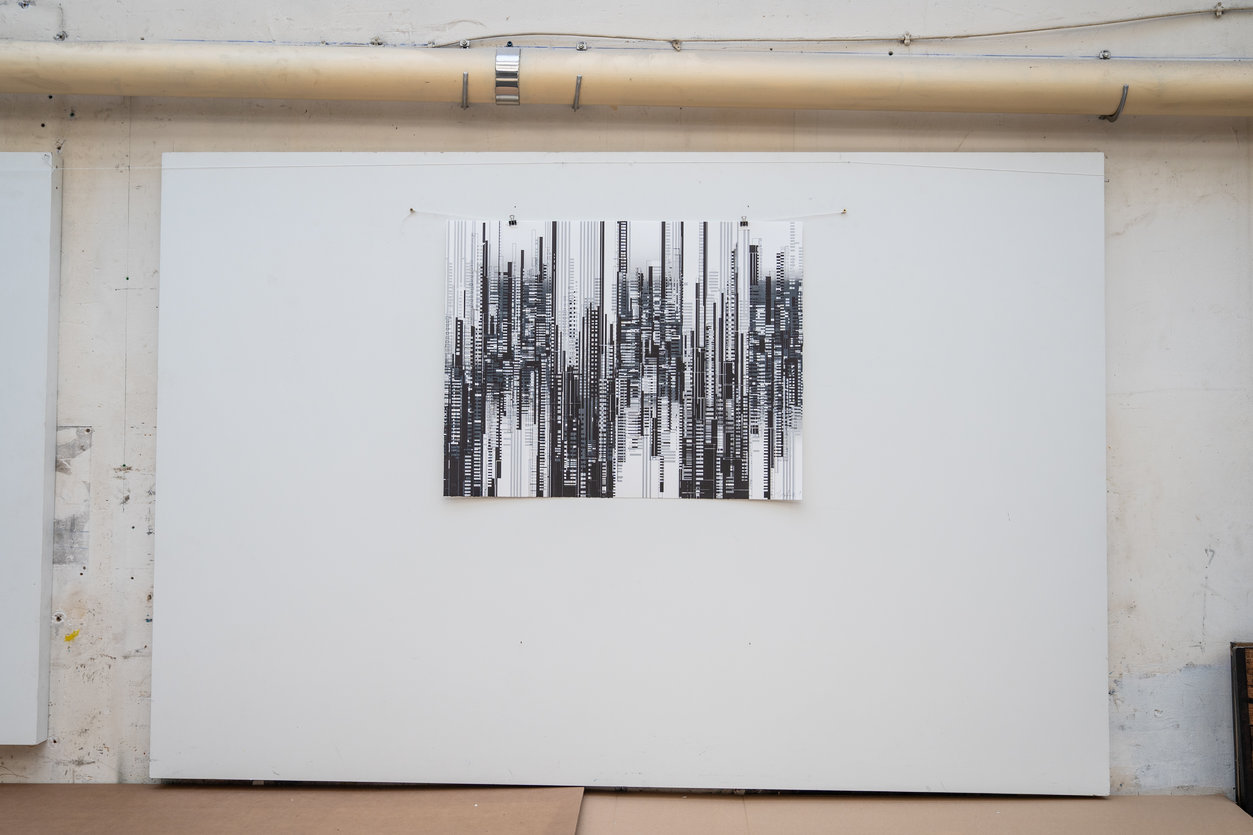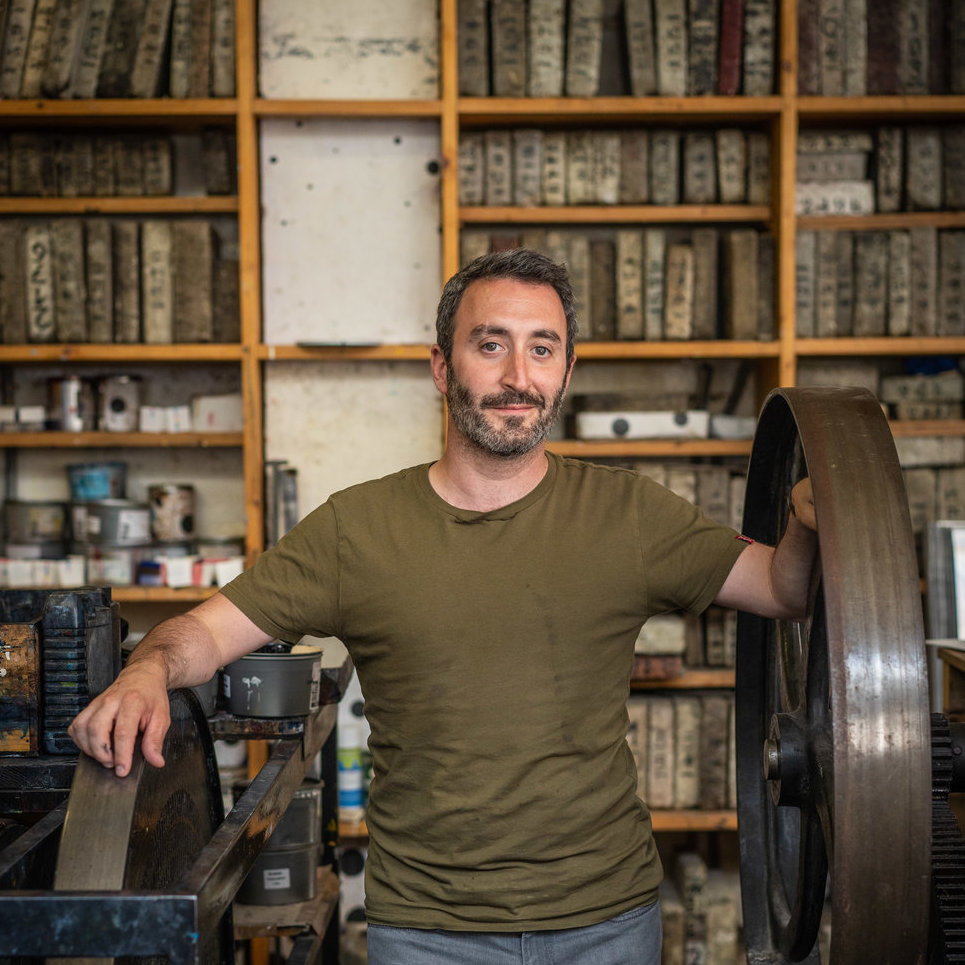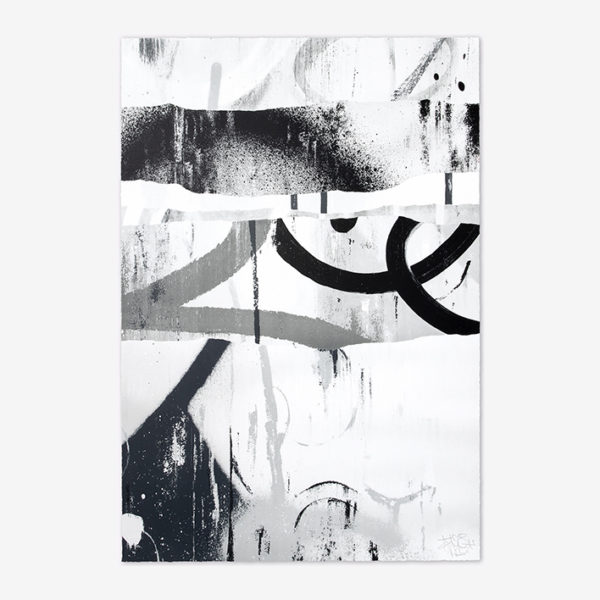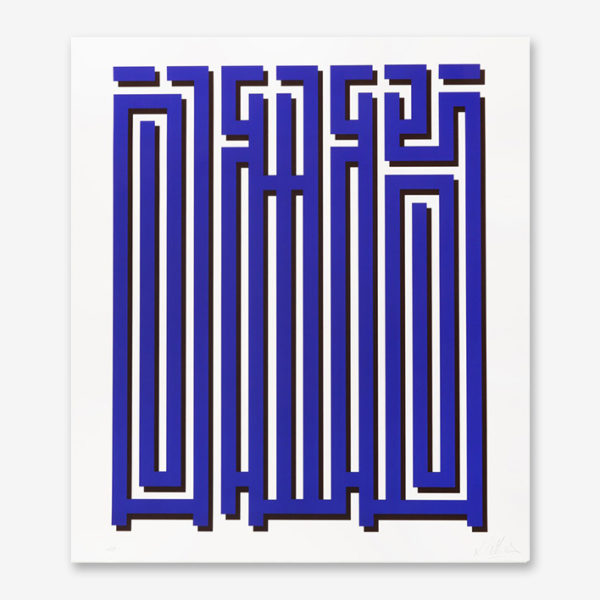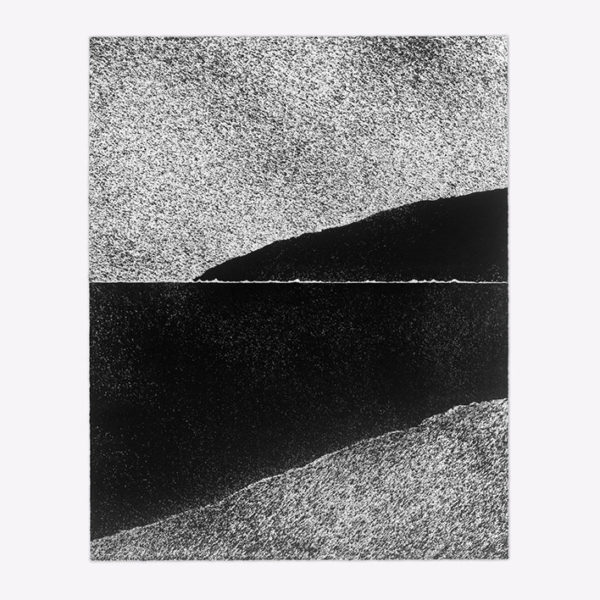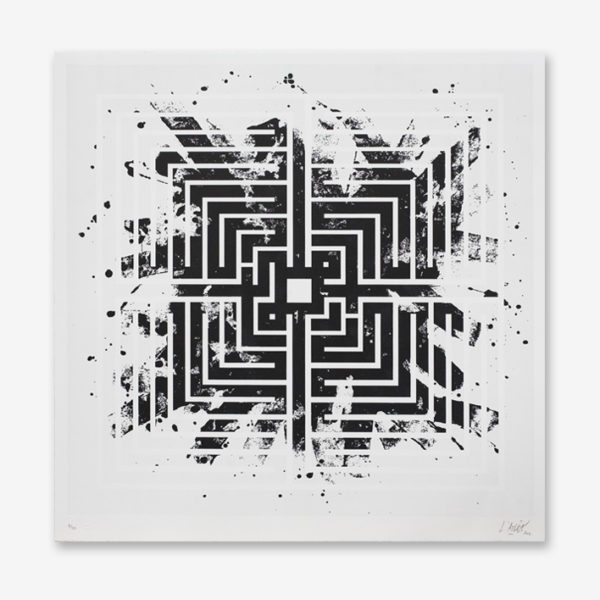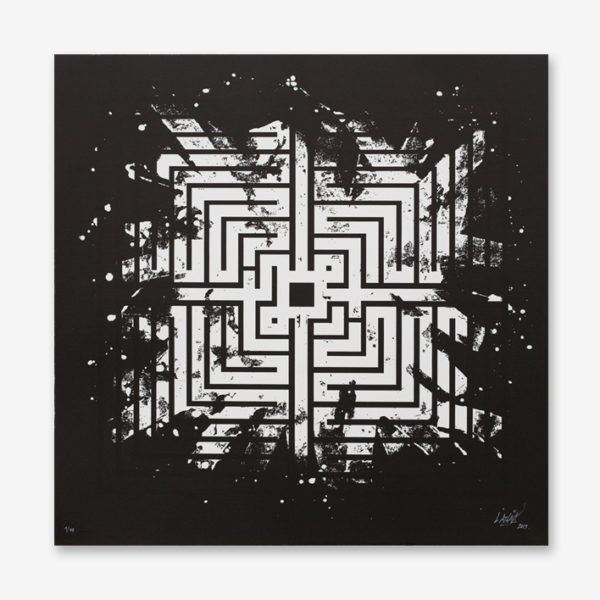Born in 1979 in France.
Inspired by experts across a variety of industries, Thomas Canto has charged himself with the task of finding the connection between the different areas. He is known for his work distorting speed and city structures until their original forms are effectively unrecognizable. Regardless of the genre, Canto finds inspiration from figures like the Hungarian painter and sculptor László Moholy-Nagy to architects like Zaha Hadid and Jean Nouvel. His works also focus on creating images new through technology that express the relationship between humans and architecture.
Thomas Canto’s works, even his installations, are often geometric environments expanding in space like abstract volumetric drawings, in a continuation of the works of Jesús Rafael Soto, Carlos Cruz-Diez or, more recently, in the line of the Iranian artist Timo Nasseri’s line-based sculptures. Canto’s pieces, while having an unexpected simplicity of means, are visually sophisticated networks that play with the perspective viewpoint and the materialization of the gaze. When we see images of his works on a computer or catalog, it is difficult to comprehend how the work is built from ordinary building materials, such as rope or grey, white and black matte paint. In some of his interactive and spatial works we are also invited to walk into the installation, which instills a physical and mental inspiring drift of physiological, philosophical, and mathematical associations, according to the personal universe of each visitor. In our world of digital images, Canto’s geometric environments are unusually tangible due to their irreducible materiality, while the viewer feels as if plunged into a universe where perception and, with it, movement – time and space -, seem to materialize.
Thomas Canto’s repertoire is based on the energy of cities, which he is able to incorporate into his pieces thanks to his deep understanding of optical and kinetic (movement) art. Light and movement are critical elements in modern art today, and these focal elements are clearly evident in his works.
Pieces by Thomas Canto depict a fine and detailed world of the city and the interactions between humans and architecture. Containing modern components, his pieces are all accented with his unique individual flair. Additionally, the artist considers the many reiterations of daily life in the city and works to convey the chaos of the scenes through a variety of elements working in concert.

